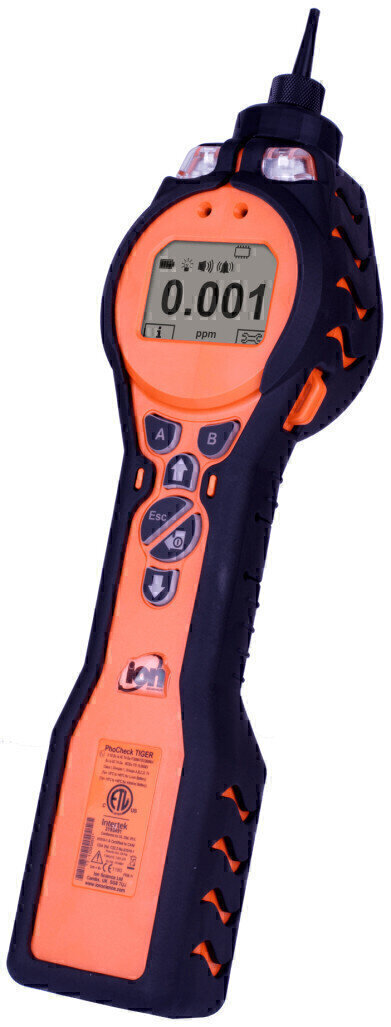Gas Detection
Photoionisation detection for Soil Remediation
May 09 2018
Soil remediation, from an environmental perspective, is the reduction of contaminant concentrations within soil.
The aim of soil remediation works in the majority of cases is to reduce contaminants to levels which are ‘suitable for use’, essentially meaning you can use your site without environmental risks.
The photoionisation detector (PID) has become a widely used tool used for the detection of volatile organic compounds (VOC) during site investigations because:
- PIDs are quick, simple to use and accurate for the detection of a wide range of contaminants
- PIDs are very sensitive to commonly found solvents such as carbon tetrachloride but will detect hundreds of gasses and vapours in low concentration
- PIDs are battery powered and portable, ideal for field use
Manufacturers tend to offer variants of the same instrument differentiated by functionality and/or performance to suit different budgets but here are some important considerations:
- Choice of UV lamps – 10eV required if benzene is a particular problem, otherwise choose the standard 10.6 eV.
- Battery life – look for at least a 24 hour run time.
- Battery type – look for rechargeable but is there a ‘dry cell’ backup?
- Sensitivity – look for a minimum 0.1 ppm (100 ppb) but ideally 1 ppb
- Fast response and clear down time – this should be around 2 seconds
- Upper range – 20,000 ppm is possible but 5000 ppm will suffice (and save money but look out for compromises that may otherwise be useful)
- Ease of calibration and maintenance
- How does the PID deal with humidity?
Conventional PIDs may use humidity suppression/compensation techniques but each of them has disadvantages:
- Humidity sensor – these typically have a slower response than the PID sensor itself which causes a drifting compensation
- Desiccant tube – these both slow the PID response and also reduce it by adsorption plus they need replacing from time to time which adds cost
- Humidify the calibration gas – this only works at one level of humidity and is no longer accurate when the humidity changes
Importantly none of these solutions solves a false positive at high humidity
Looking at a proprietary PID (See Image in both downloadable guides*), the presence of the porous membrane should be noted. In this design, it is made from a hydrophobic material which means that it rejects the ingress of water vapour and mitigates the chance of low readings.
To deal with high humidity, the addition of a third, fence electrode overcomes the possibility of incorrect high readings since it behaves as a conductive break and stops the excess current flow caused by the presence of high humidity which would otherwise lead to a false positive.
ION Science provide a range of handheld, personal and fixed photoionisation detection of Volatile Organic Compounds (VOCs) within the harshest of environments.
All ION Science PID instruments contain the MiniPiD sensor with Fence Electrode Technology with proven resistance to humidity and contamination.
For more information on how ION Science PID technology is used for Soil Remediation, download our FREE Guides - Photoionisation detector for Soil Remediation and Measuring VOCs in Soil Remediation.
Digital Edition
IET 34.2 March 2024
April 2024
Gas Detection - Biogas batch fermentation system for laboratory use with automatic gas analysis in real time Water/Wastewater - Upcycling sensors for sustainable nature management - Prist...
View all digital editions
Events
Apr 30 2024 Melbourne, Australia
Apr 30 2024 Birmingham, UK
May 03 2024 Seoul, South Korea
May 05 2024 Seville, Spain
May 06 2024 Minneapolis, MN, USA


















